Take a look at a vintage photograph of New York from the 1930s and you’ll see automats, newsies, elevated trains and men in fedoras. What you won’t see — dozens and dozens of automobiles on the curb.
In a city with skyrocketing real estate values, why are most city streets still devoted to free car storage? It’s a situation we’re all so used to that we don’t think twice about it. Whatever happened to the curb?
Long-term and overnight parking used to be illegal in the early 20th century. The transition from horse-drawn carriages to gas-powered automobiles transformed neighborhoods like Times Square and reconfigured everyday life on the street.
But before the 1920s, parking those glamorous new Model Ts on the street was tolerated only in short-term situations.
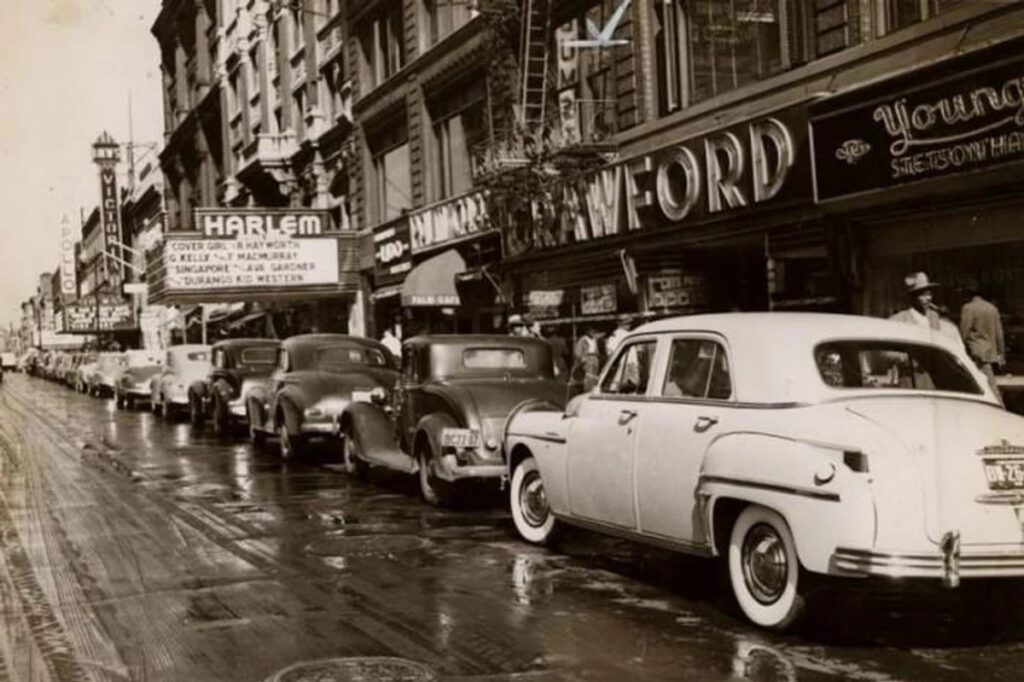
By the 1940s, however, New Yorkers were simply too reliant on the automobile, and the city’s parking lots and garages were simply not adequate. (For many New Yorkers, like Seinfeld’s George Costanza, they’re still not acceptable).
Street parking was de facto legalized with the advent of alternate-side parking rules, and soon parking meters and ‘meter maids’ were attempting to keep a handle on the chaotic situation.
Eventually the car took over. Will it always be this way?
In this special episode, Tom and Greg are joined by Slate Magazine writer Henry Grabar, author of Paved Paradise: How Parking Explains The World, who exposes some shocking parking violations and even offers a few couple solutions for the future.
LISTEN NOW: THE NEW YORK PARKING WARS
Our thanks to Henry Grabar for joining us on the show today. You can find all his work from Slate Magazine here. You might also like to hear him on a couple of our favorite podcasts — Decoder Ring and 99 Percent Invisible.
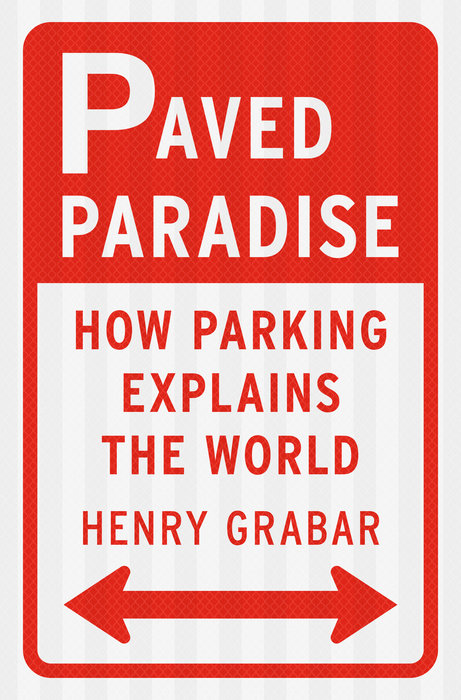
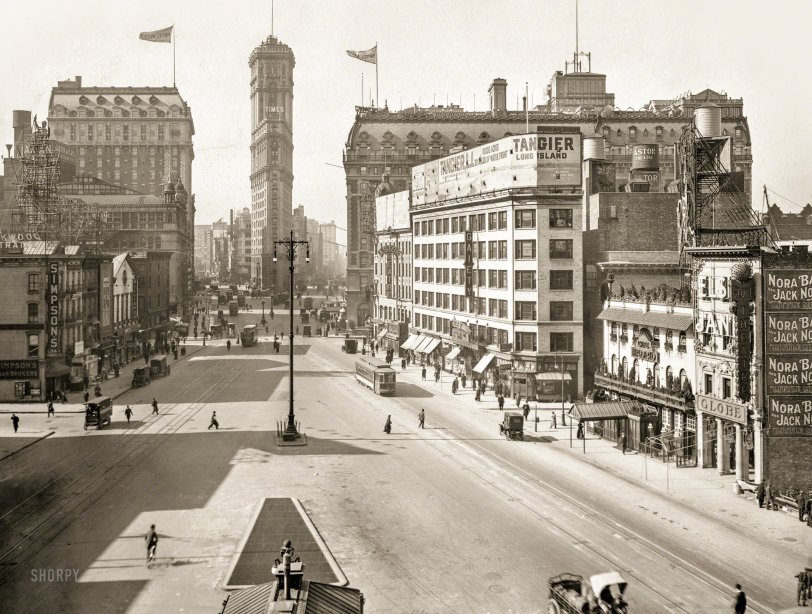
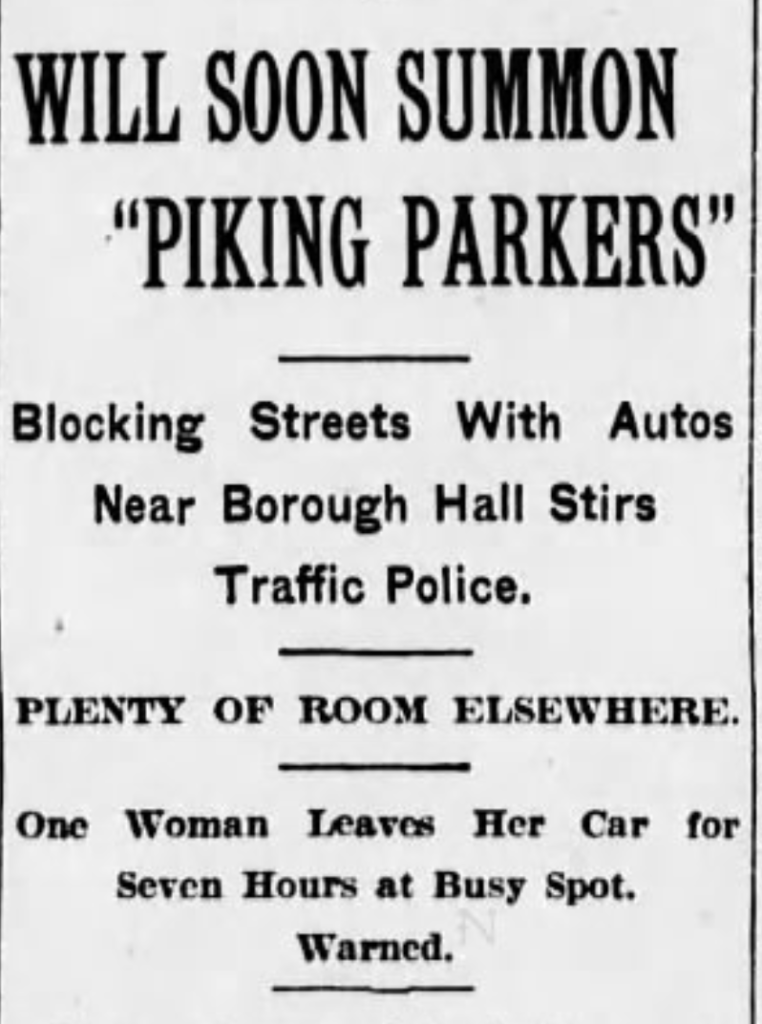

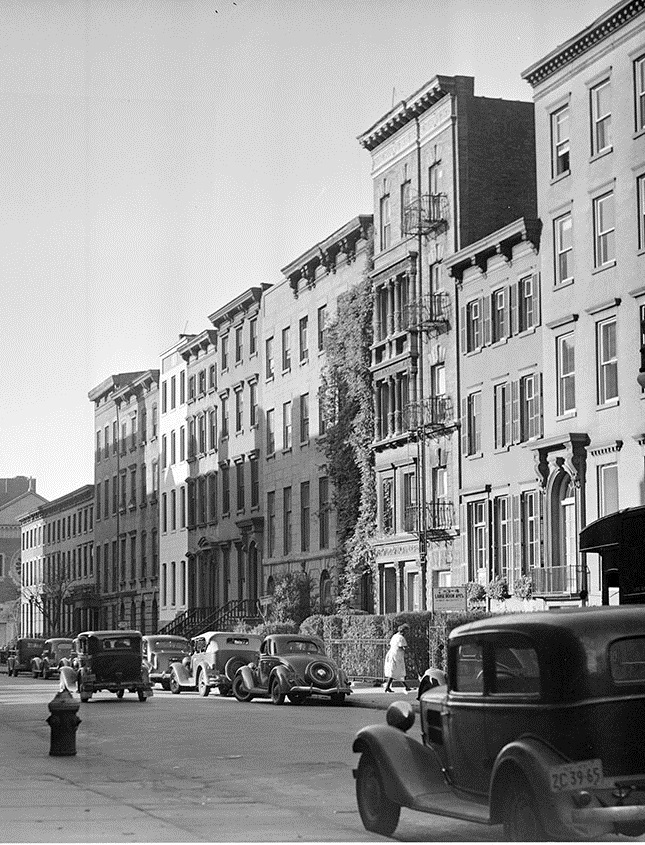
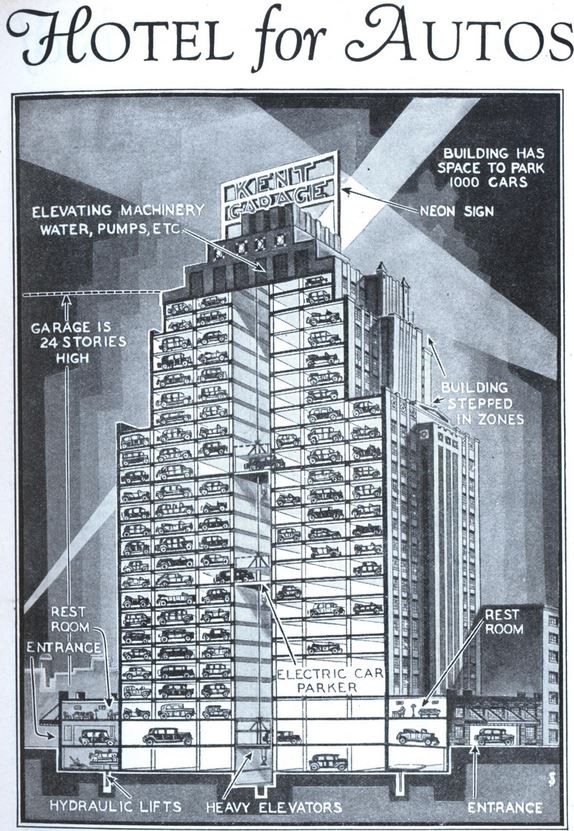

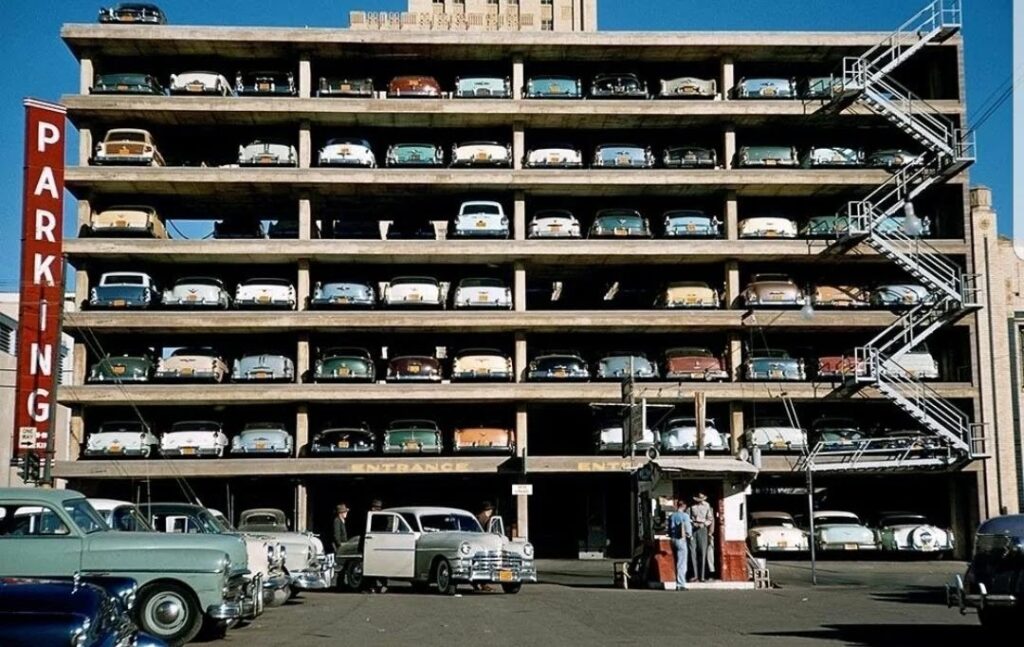
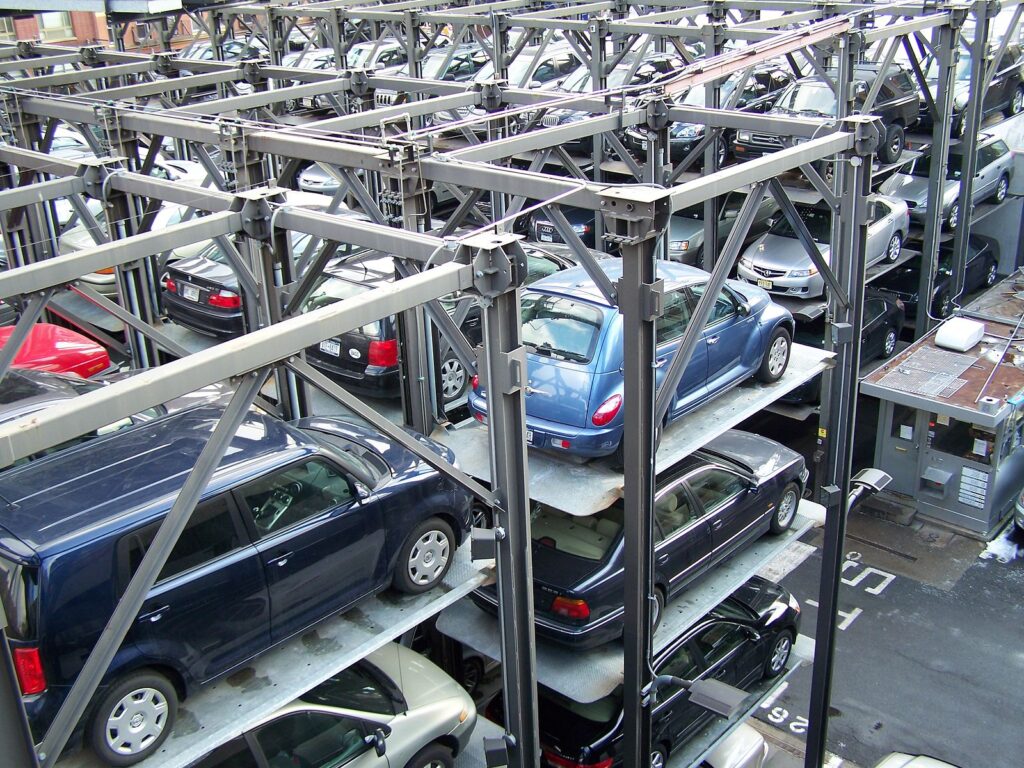
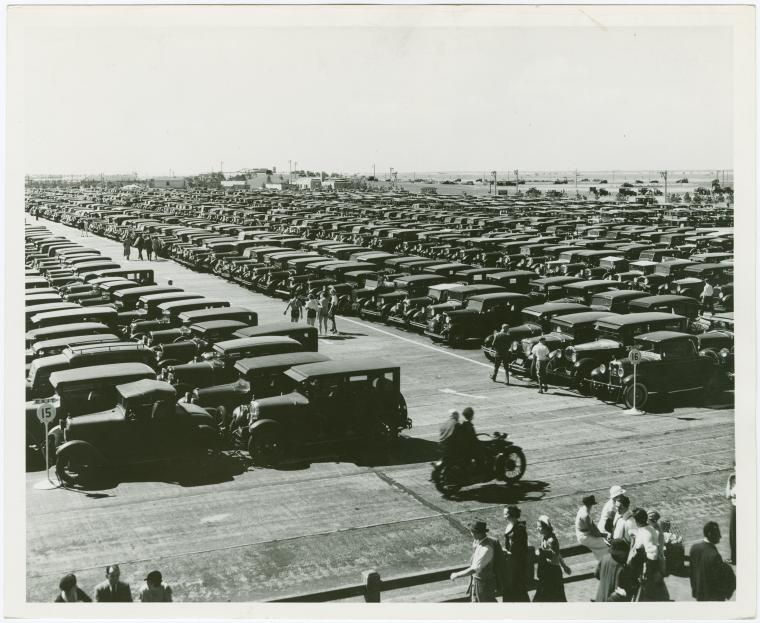
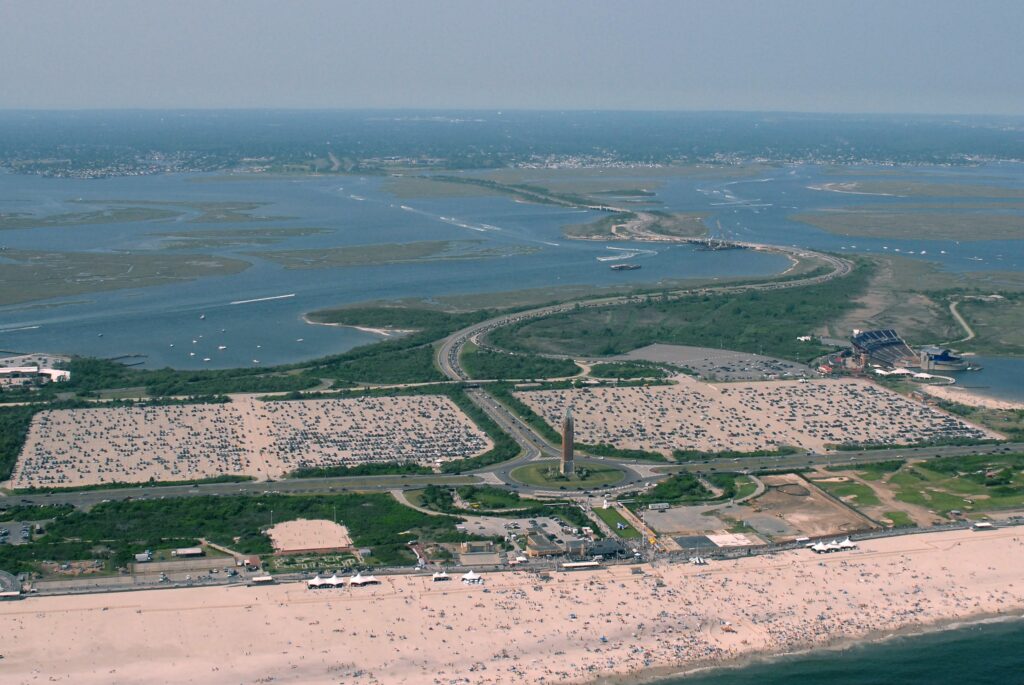
Seinfeld clips which pertain to this week’s show
FURTHER LISTENING:
After you’re done with this show on the history of parking, check out these shows from our back catalog with similar themes.

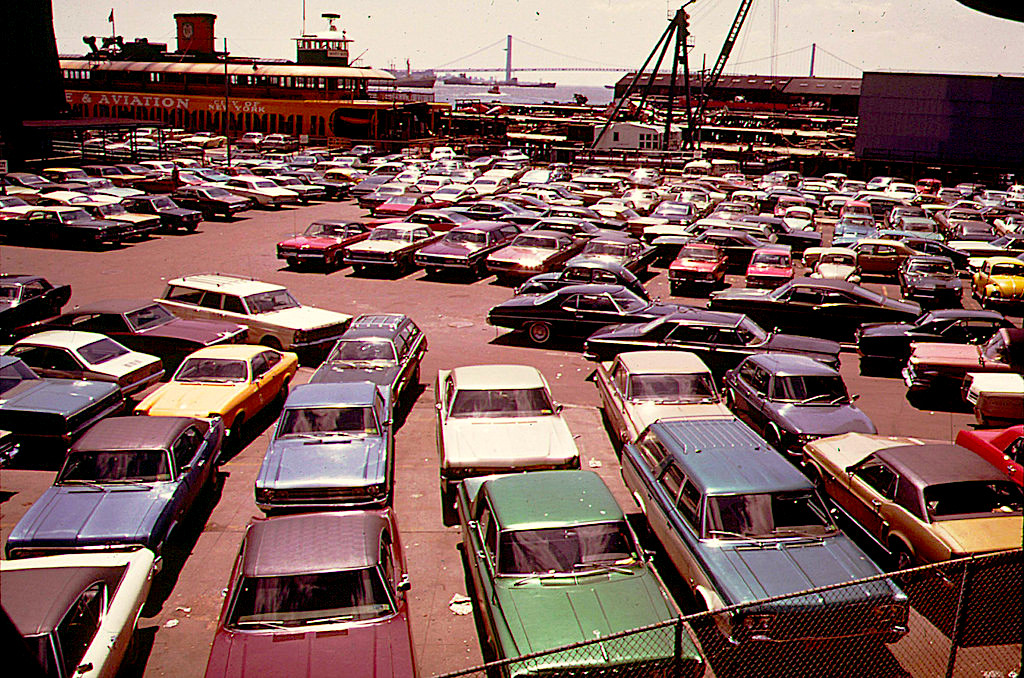
1 reply on “The New York Parking Wars: How Cars Took Over The Curb”
Thanks so much for a fascinating episode!
I just wanted to comment on one-way streets in NYC. It is mentioned in the episode that the concept was developed in NYC. It is said that NYC streets are narrow, and I just wanted to point out that, apart from the historical downtown area, this is not really the case: streets in NYC are far wider than streets in most cities in the world. Also, looking at a typical NYC street, there is generally parking on each side of the street, and yet enough room for two cars side by side (one double parked, the other one trying to make its way through :-)). That means four lanes dedicated to cars. Remove all cars, and you’ll see that these streets are actually pretty wide. The concentration of cars make them look narrow, but they’re not.
Also, one-way streets is one of the reason why drivers speed on those streets, so not really an improvement as far as public safety is concerned (but yes it increases drivers’ convenience).
Just wanted to share this comment (and I may have more as I continue to listen!). Thanks!